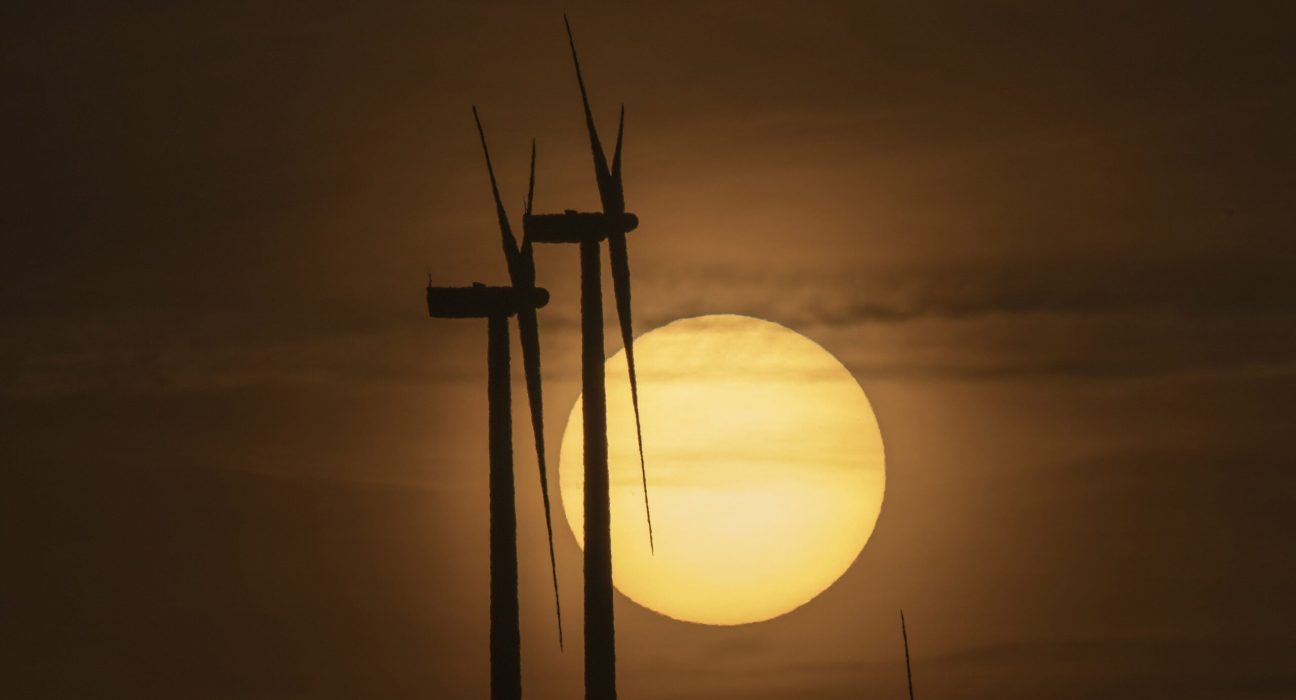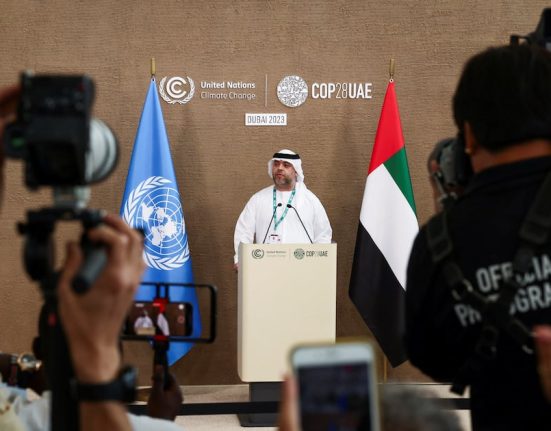A lack of investment in green energy has left the world on track to overshoot the 1.5C temperature increase that scientists have defined as a critical threshold in global efforts to contain climate change.
The finding was published on Thursday by REN21, a renewable energy think tank. In its annual status report on global clean energy supply and demand, the group said the gain in green spending last year wasn’t enough to prevent greenhouse gas emissions from climbing.
“Even though we’ve had another record year in terms of renewable energy growth, at the same time energy demand is increasing and the pace of renewable energy uptake isn’t sufficient to catch up,” Rana Adib, executive director of REN21, said in an interview.
Last year, global renewable power capacity reached a record 473 gigawatts, marking a 36% increase from 2022 amid continued growth in the industry, according to REN21. In all, more than $600 billion of new investment was channeled into renewable power and fuels in 2023.
But investment needs to hit roughly $1.3 trillion a year through the end of the decade if global warming is to be reined, according to REN21. The estimate is based on the targets laid out in the Paris Agreement.
“We aren’t even reaching 50% of what’s needed annually,” Adib said. “Governments have committed, but this needs to be followed by action.”
What’s more, investments in renewables aren’t being evenly distributed as developing markets most in need largely miss out. According to REN21, 43% of last year’s clean investment took place in China, 20% was in Europe and 15% in the US. Meanwhile, less than 4% went to Africa and the Middle East.
That’s as poorer countries pay more to establish clean energy supplies. The average cost of capital for such projects is about 10% in the developing world, which is more than double the cost of capital for renewables in advanced economies, Adib said.
It’s “a key challenge to address to ensure a global transition,” she said.
At the same time, public funds continue to flow into fossil fuels in the form of subsidies, with roughly 20% of finance for energy projects from donor countries and multilateral development banks going to non-renewable sources, REN21 found.
“The money is there” for clean energy, Adib said. But “the economic signals and the financial signals aren’t going in the right direction.”
Copyright 2024 Bloomberg.
The most important insurance news,in your inbox every business day.
Get the insurance industry’s trusted newsletter







